This could be a few things on a newly planted cherry and without seeing the entire plant in person it’s hard to say what you’re dealing with specifically. Often the symptoms we notice on plants are the combination of more than one factor or cause, as well, so as you go through this list be aware that it might be a combination of the situations listed below.
1. Fall shut-down. At this time of year deciduous plants begin to close down their systems as they store energy for the winter and shed their summer growth. These leaves might be the beginning of this common fall “close out” so to speak. Cooler weather, cooler soil temperatures, and dry weather (less rain than normal) all signal a plant to pack it up for the season and yellowing or reddening foliage are part of that process.
2. Early close out due to a smaller root system. If this plant was a balled and burlaped plant (b&b) it had a reduced root system when you planted it. Although the plant spent the summer trying to replace those cut-off roots, it still has a smaller support system under ground than normal. As such it’s more likely to “close up shop” earlier in the fall to guard it’s resources. Be sure to water any b&b plant you put into the ground last spring once a week, well into the fall and early winter, as it will still be replacing it’s roots.
3. Leaf spot fungus. The spots on these leaves are typical of a leaf spot fungus. These fungi first cause dark spots and later the entire leaf turns yellow and falls off. Be sure when you water that you’re not spraying the leaves frequently as this contributes or causes leaf spot fungus to thrive. Be sure the plant isn’t getting hit frequently with drift or spray from an automatic sprinkler system that’s watering the lawn or other plants. In general, for turf and other plants, it’s best to water deeply less often.
4. Weeping cherries are not the strongest of trees…they are prone to canker diseases and various fungal problems. For all the hundreds that are sold in Massachusetts every year only a few live and make it to maturity. Without an on-site examination of your plant it’s impossible to know if any of the common canker or fungal diseases are playing into what you see on this plant or not. But be aware that in addition to the first three causes of leaf yellowing on these plants you might also be seeing early signs of other diseases that can cause the decline of weeping cherry trees. We hope not, of course, and occasionally these trees thrive and go onto grow into large, impressive plants. (They never stay the small “umbrella style” form that you buy them as – be aware.) So we’re hoping that your yellowing leaves are merely a sign of common fall color.
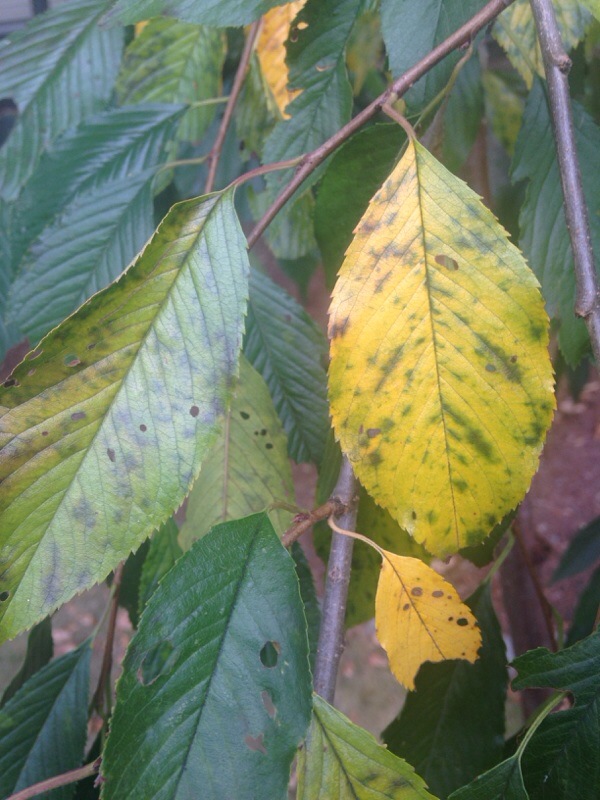
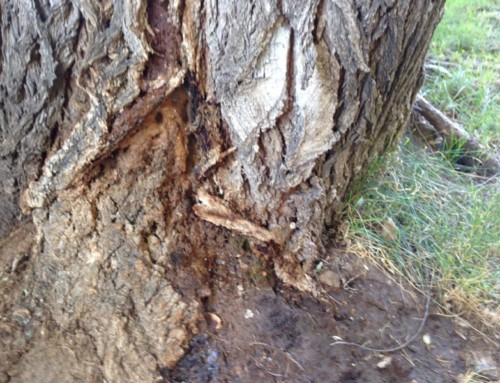
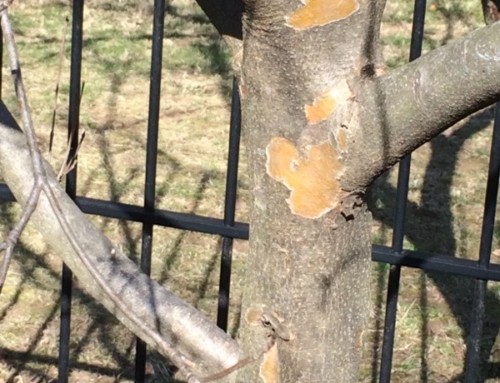
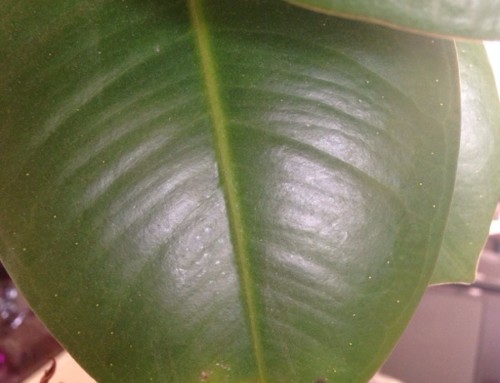
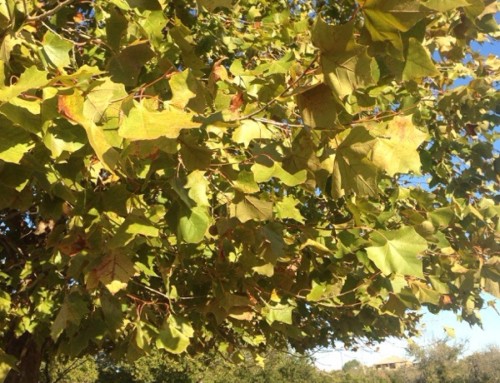
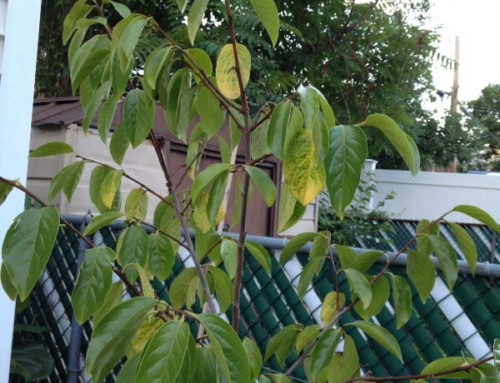
Leave A Comment